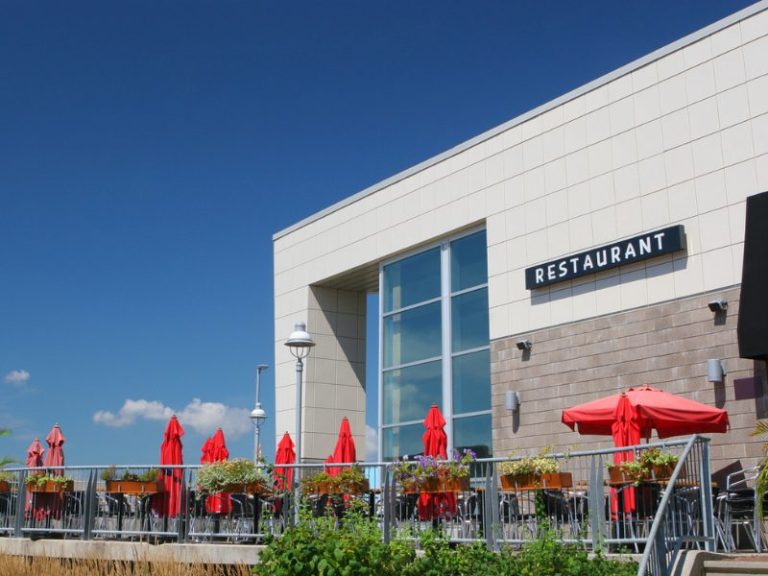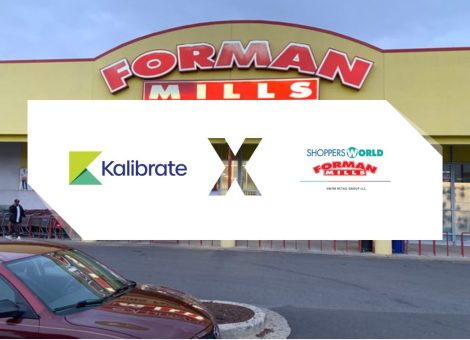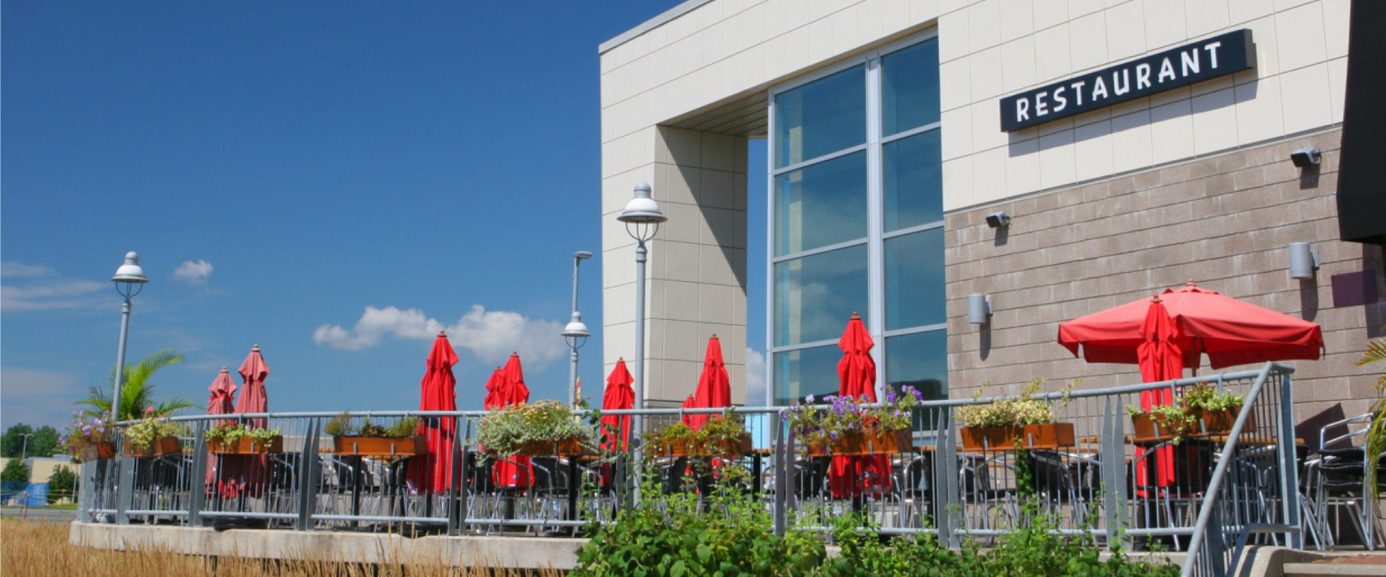Why is location important for restaurants?

Restaurants are big business in the US With over 700,000 establishments and annual sales exceeding $1.1 trillion (yes, trillion with a “t”), the restaurant industry represents a significant component of the US economy.
The restaurant industry is also very dynamic. As new trends in service and food emerge, the restaurant industry pivots to meet ever-changing consumer demand.
Thousands of new restaurants open each month, with opening costs ranging from six figures well into the millions, depending on the number of seats and build-out complexities.
Even more enlightening is the number of restaurants that close each year – an analysis of Business Employment Dynamics (BED) data from the Bureau of Labor Statistics reveals than an average 91,500 restaurants closed annually during the post-COVID period from 2022 through 2024.
Furthermore, a study by Tian Luo of the Bureau of Labor Statistics and Philip Stark of the University of California Berkeley found that 17% of new restaurant openings in the western U.S. closed within the first year – a sobering statistic.
How can restaurant operators ensure that their new opening will not immediately join the ranks of closed facilities?
A wide range of factors can influence the future success of a restaurant – staffing concerns, pricing, menu selection, food quality, and marketing effectiveness are just some of the factors that can influence a restaurant’s success.
However, one key immutable component influencing a restaurant’s success is its location. Most of the other considerations can be addressed once a restaurant is opened, but its location is fixed (absent a very expensive relocation to a new facility).
Picking a successful location for a new restaurant is not a simple task, as the requirements for success exhibit wide variation across the spectrum of restaurant concepts.
There are two primary components to a restaurant location:
- Site characteristics
- Situational characteristics
Site characteristics
Visibility or signage
Restaurants are dependent on good visibility to gain top-of-mind awareness and drive traffic. Ideally, the building itself is readily visible to passing motorists, with that visibility enhanced by one or more signs.
Good visibility is more important for convenience-oriented establishments, such as coffee shops and quick service operators, than for destination-oriented sit-down restaurants.
Ingress or egress
Easy ingress/egress is a critical consideration for most restaurant operators, with access from both the main thoroughfare and side street being ideal.
Restaurants with drive-thru lanes are particularly sensitive to ingress/egress – by their very nature, they appeal to a customer base who want to get in and out quickly.
Some destination restaurants can successfully draw consumers to less convenient locations (think of the Pappas Restaurants group, with large format concepts such as Pappadeaux Seafood Kitchen and Pappas Bros. Steakhouse).
Traffic counts
Evaluating the average daily traffic flow past a site can help to determine the level of exposure and top-of-mind awareness that a restaurant will benefit from.
Parking
Convenient nearby parking is a key consideration for restaurant operators.
Nearby restaurant synergy
As a rule, restaurants tend to do better when clustered with other restaurant operators. While this might seem counterintuitive at first (why would McDonald’s ever want to locate next to Wendy’s?), consumers tend to gravitate to areas that have multiple choices.
There are several reasons for this – top-of-mind awareness is one, and the ability to pick another restaurant if the first doesn’t work out is another.
The types of nearby restaurants are also an important consideration. Full-service sit-down restaurants will not benefit much from locating near a group of quick service operators, and vice versa. The adage “birds of a feather flock together” has application for the restaurant industry.
Retail synergy
Restaurants can benefit significantly from proximity to nearby retailers, including both shopping centers and independent operators.
The impact of retail synergy often varies by time of day, with lunch and dinner representing prime opportunities to take advantage of nearby retail activity.
Workers
Any restaurants are dependent on nearby employees to help drive lunch traffic. Locational convenience is particularly important for this customer segment – most employees have a limited amount of time for lunch and can’t afford to spend a lot of time getting to and from a restaurant.
Proximity to traffic generators
Many restaurants rely on nearby traffic generators to attract patrons. These generators can take many forms, including:
- Hotels
- Convention centers
- Sports arenas
- Entertainment centers
- Hospitals and other healthcare facilities
- Airports and other transportation nodes
- Tourist destinations
- Freeway interchanges
These generators can account for a significant proportion of a restaurant’s business.
Situational characteristics
Road accessibility
How easy is it to get to the site in question?
This is a key consideration for any restaurant operator. The trade area served by a restaurant will be in large part dependent on the ease with which surrounding consumers can access the site via the road network.
Proximity to sister units
For chain operators, how close is the proposed location to nearby sister units?
For chains which own all their own restaurants (such as Chipotle), the profitability of a proposed site should be measured by projecting its sales and profitability and deducting the projected sales and profitability impacts on surrounding units to determine the projected return on capital investment.
Franchise operators need to be even more careful – nearby existing franchisees are typically concerned only with the success of their unit, and not with the financial well-being of the franchisor.
Many franchisors have developed specific procedures to incorporate the projected impact on surrounding franchisees into their decision-making process.
Overall restaurant competition
The overall intensity of restaurant competition in a market can impact new facility performance.
If a market is already oversaturated for specific type of restaurant, then new concepts of the same type will find it more difficult to achieve successful performance regardless of the quality of the site in question.
The best way for restaurant operators to maximize the probability that a new location will be successful is to analyze the performance of existing restaurants and integrate the results into a Sales Forecasting Model that can be used to project performance of new locations.
The efficacy of the Forecasting Model can be tested by using it to project the performance of all existing locations and then determine whether the model results could have been used to help an operator make the right decisions at the outset.
Any such forecasting models can leverage helpful first-party and third-party information including:
Consumer demographic and psychographic characteristics
Comparing a restaurant operator’s customers relative to the surrounding trade area population can help to quantify those characteristics that resonate the strongest with that operator.
Mobility data
Collecting mobility data (cell phone location data) for a restaurant location can help to quantify how far customers are traveling to dine at a specific location, and where they are coming from (nearby residences, office buildings, shopping centers, or other points of origin and destination).
Competitive data
There are a number of providers who can provide detailed information on the locations of existing restaurant chains, which can be used to quantify competitive intensity.
Kalibrate has considerable experience in location intelligence, developing and implementing sales forecasting models for restaurants, and in helping clients to develop successful expansion plans. Kalibrate works with a variety of restaurant brands from emerging concepts to mature operators.
Read more articles about:
Location intelligenceSubscribe and get the latest updates
You may unsubscribe from our mailing list at any time. To understand how and why we process your data, please see our Privacy & Cookies Policy
Related posts
Location intelligence
Forman Mills accelerates growth with the Kalibrate Location Intelligence platform
The value apparel and home goods retailer selects Kalibrate to to support its national expansion strategy.

Location intelligence
The Kalibrate news round-up: November 2025
In this monthly feature, we look across the industry and mainstream news to uncover stories of note that we think are...


